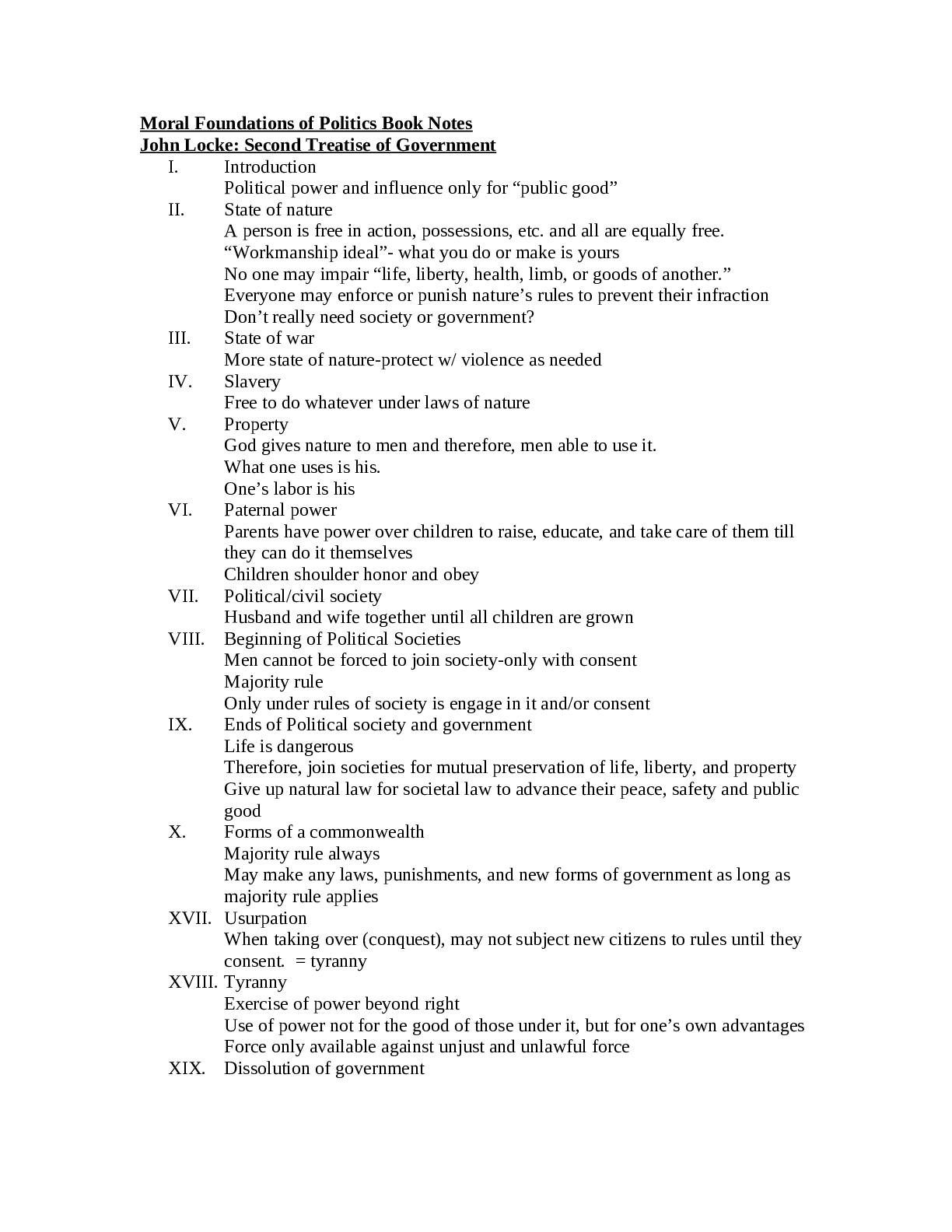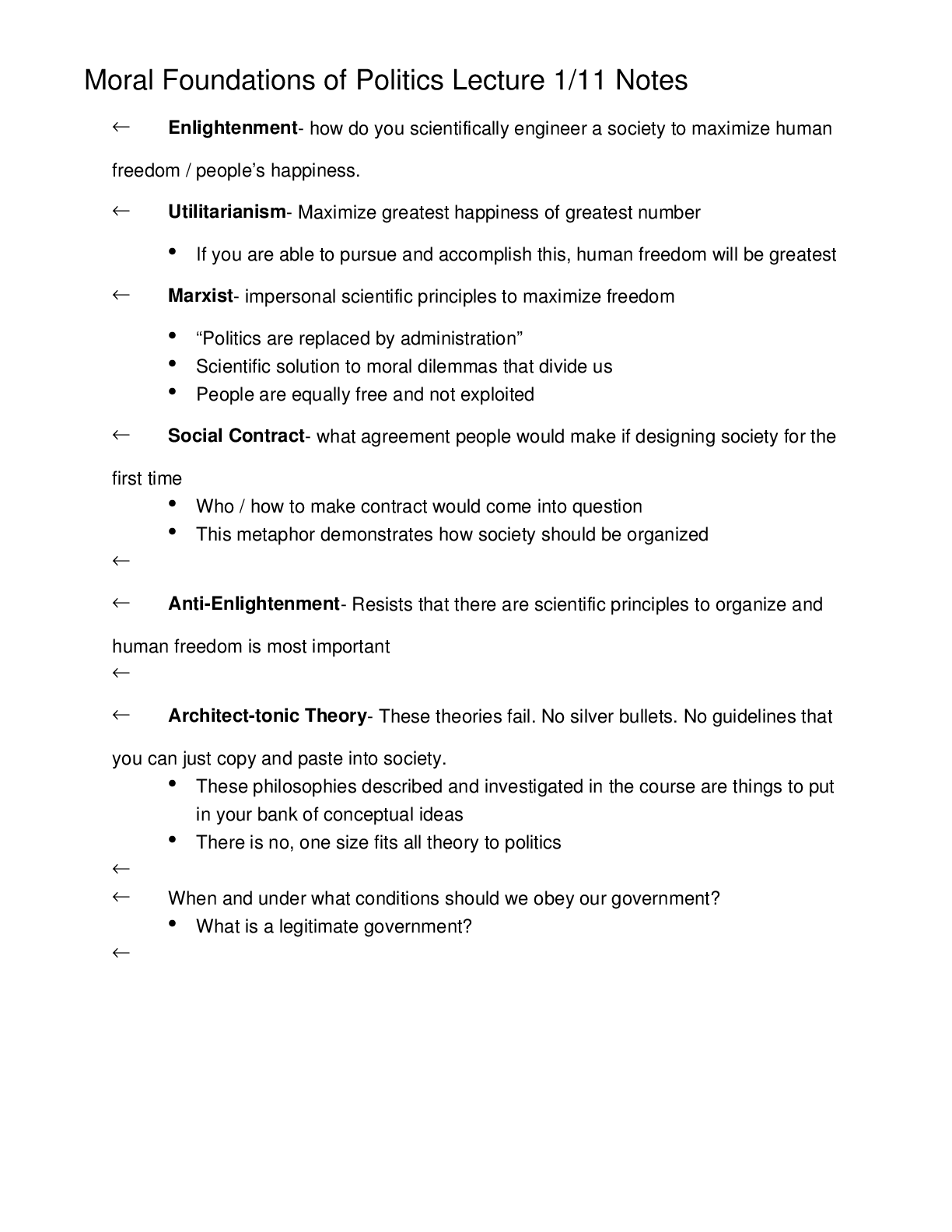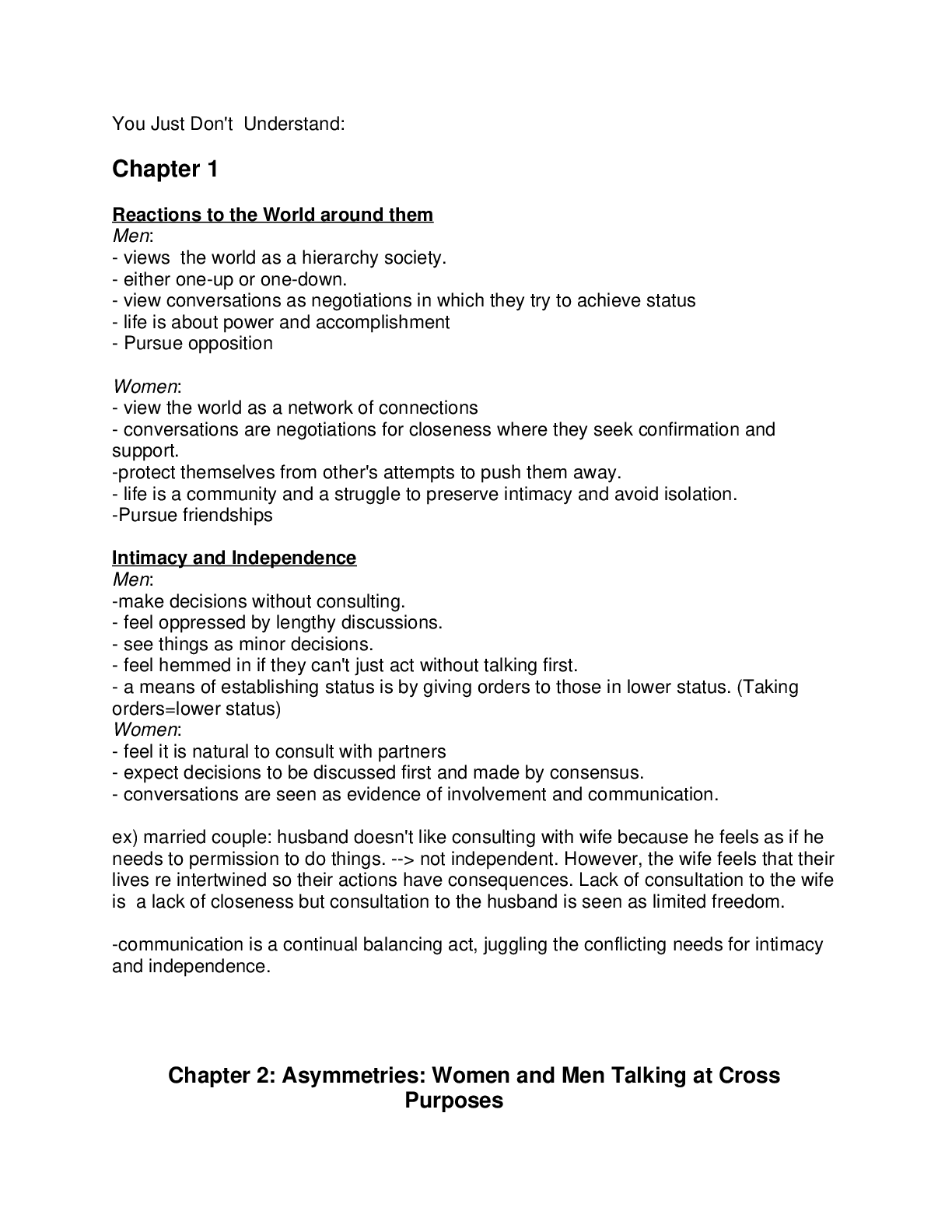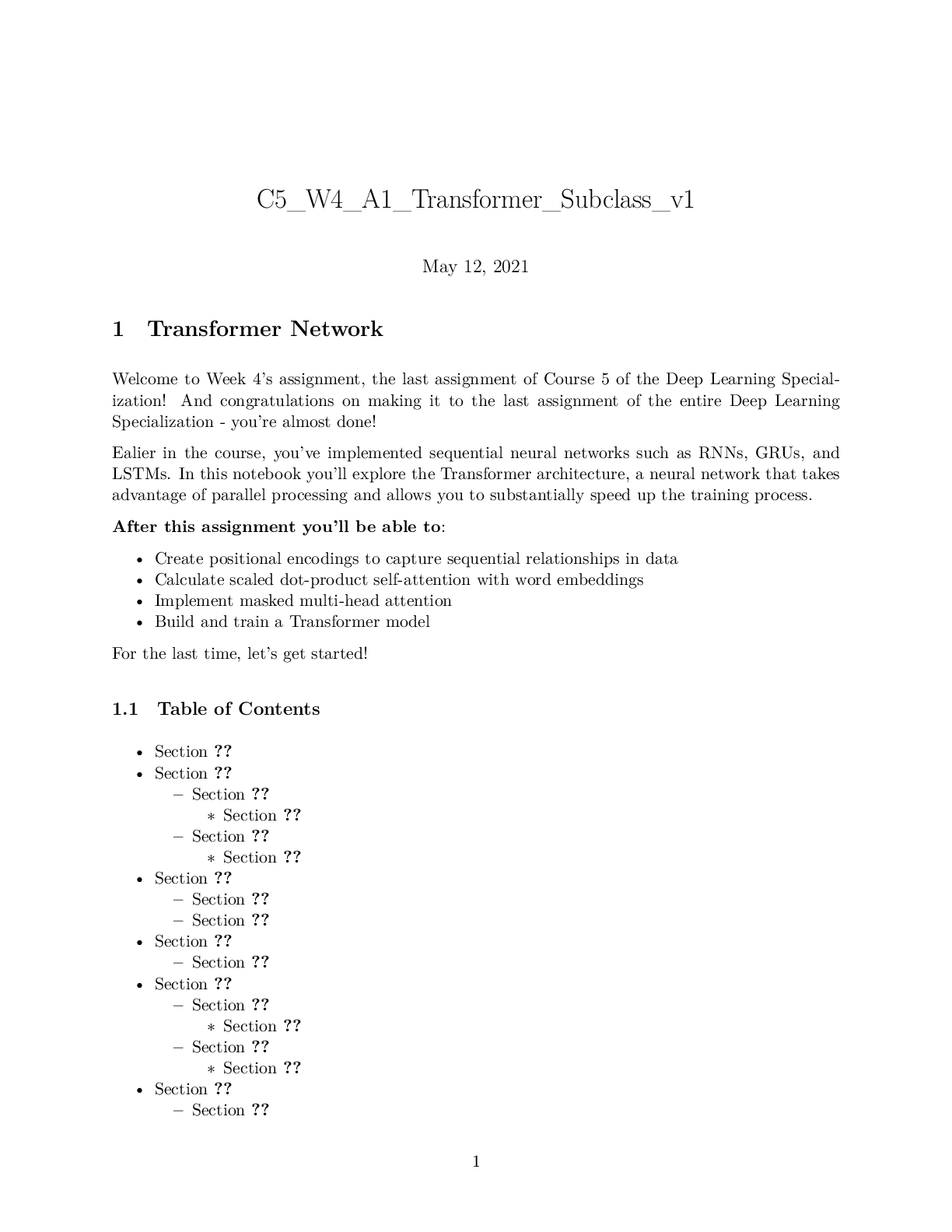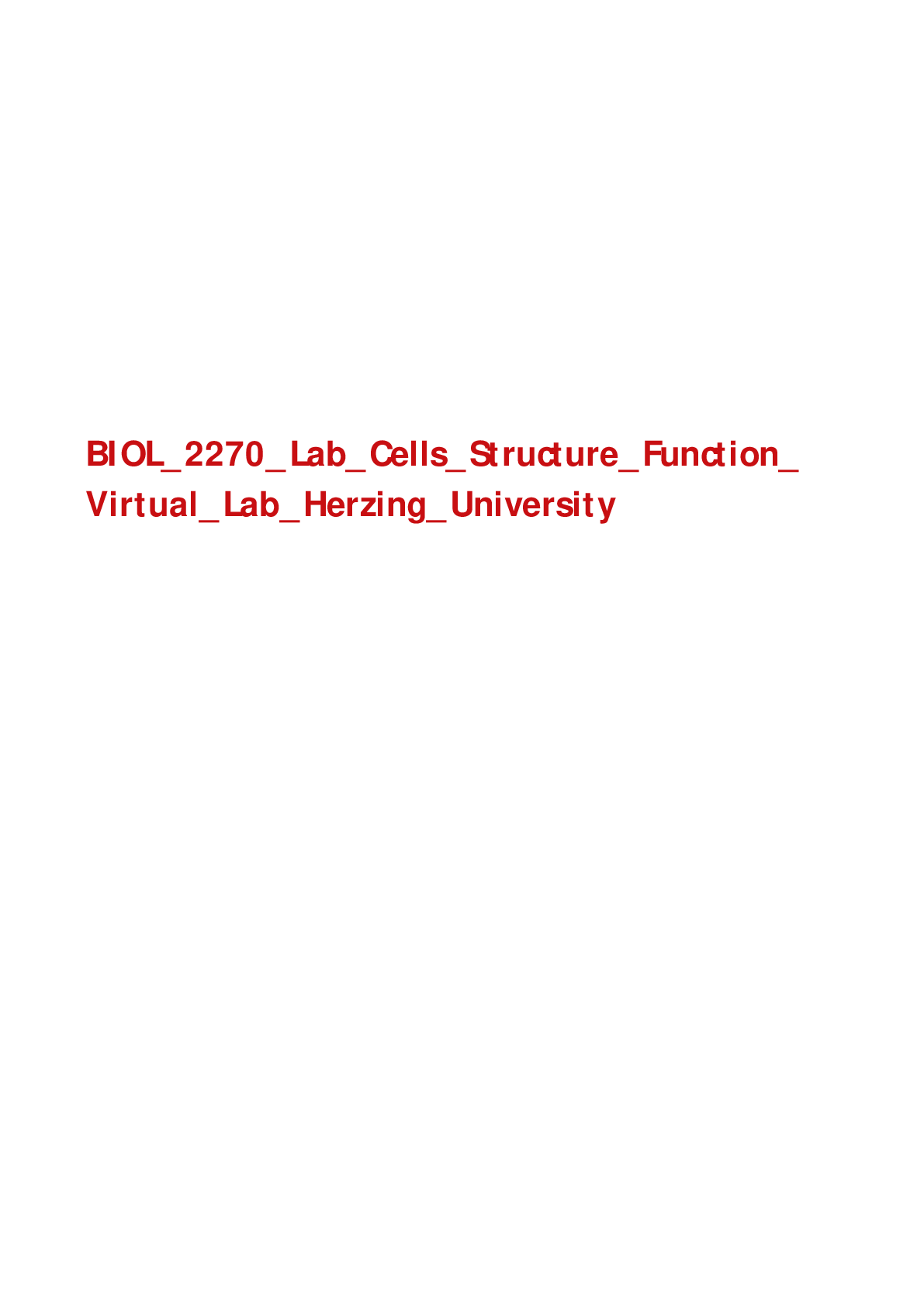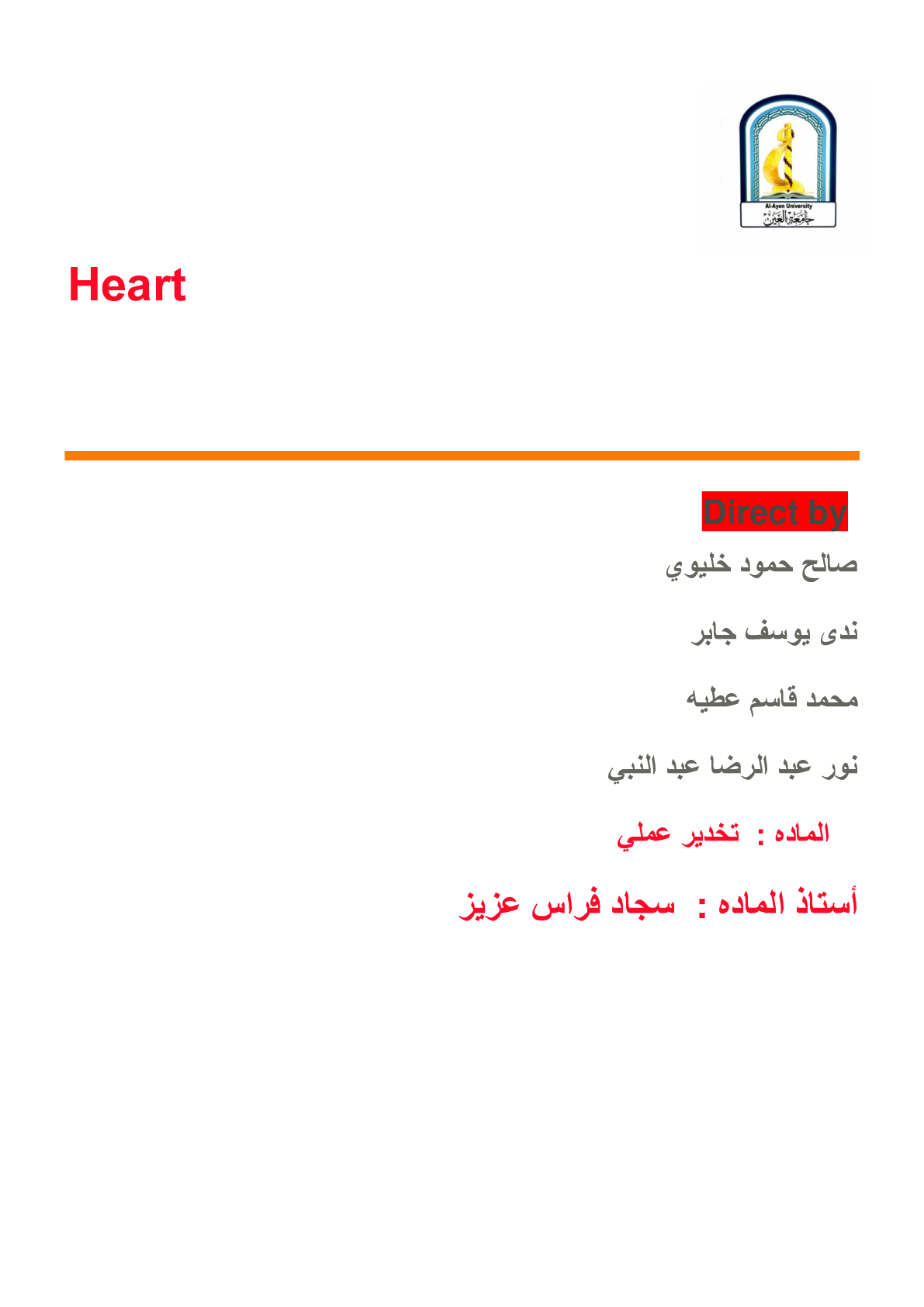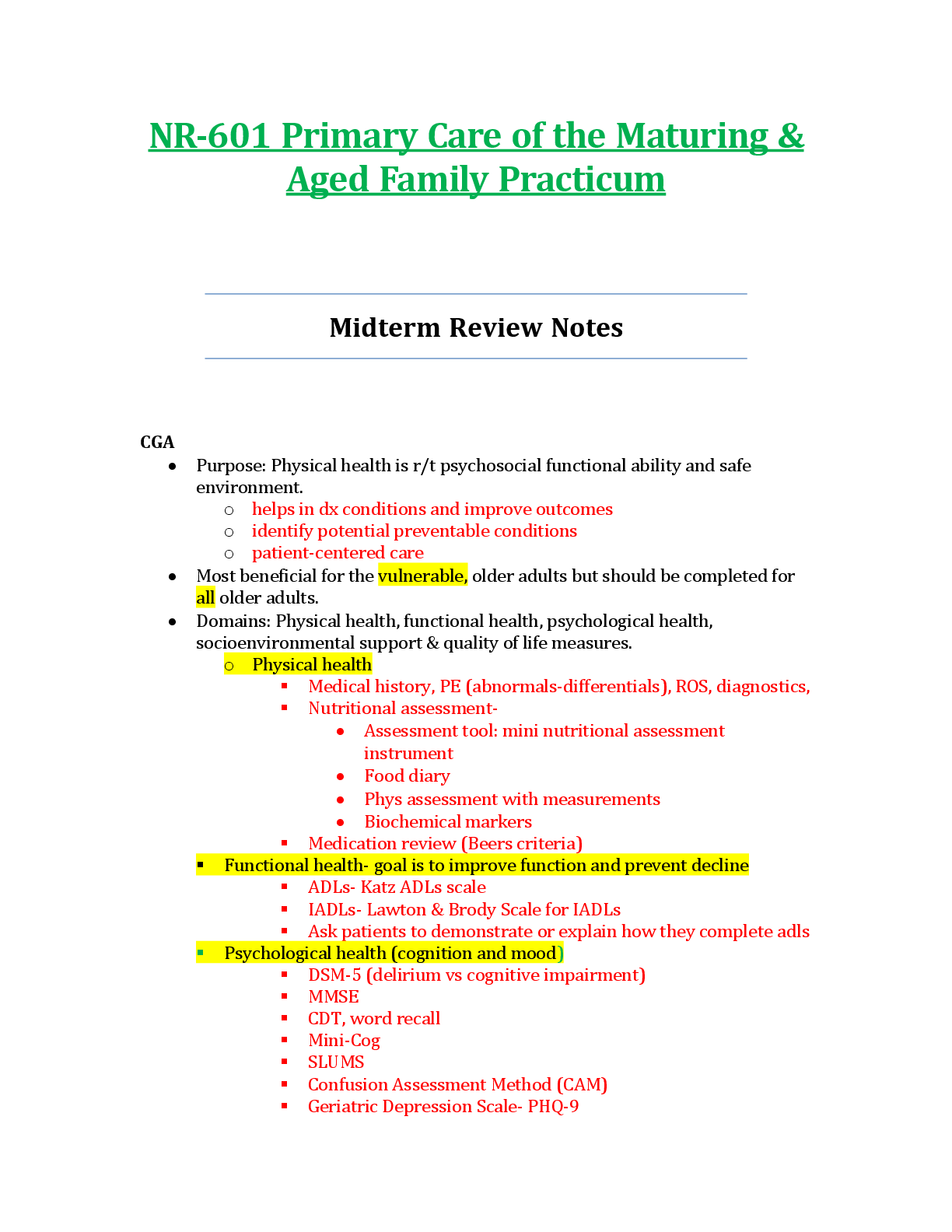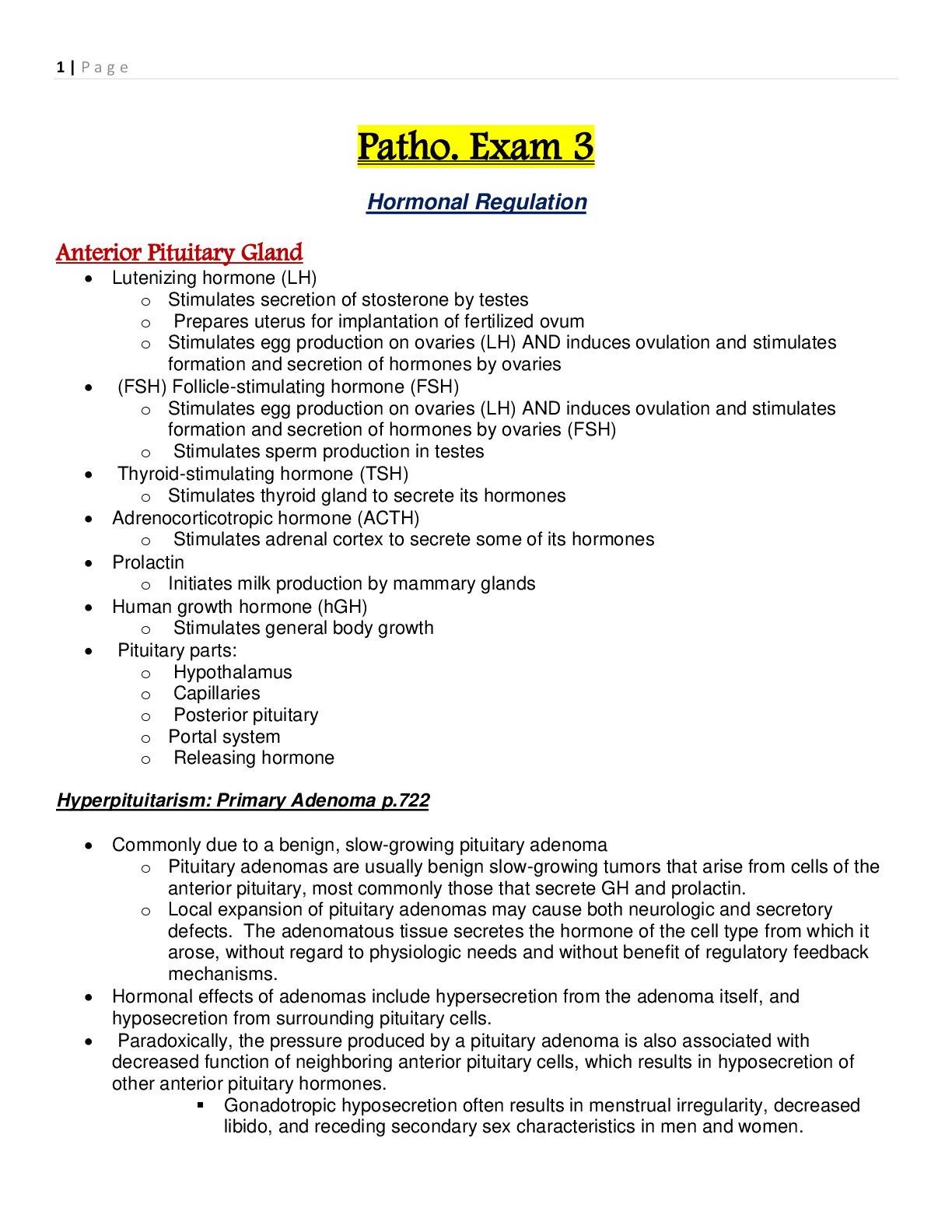
College Physics, 5e Alan Giambattista (Solution Manual)
$ 20

> A Level Physics A H556/01 Modelling physics 2021
$ 10

EDR 610 Quiz 1 Question with Answers,GRADED A.
$ 17
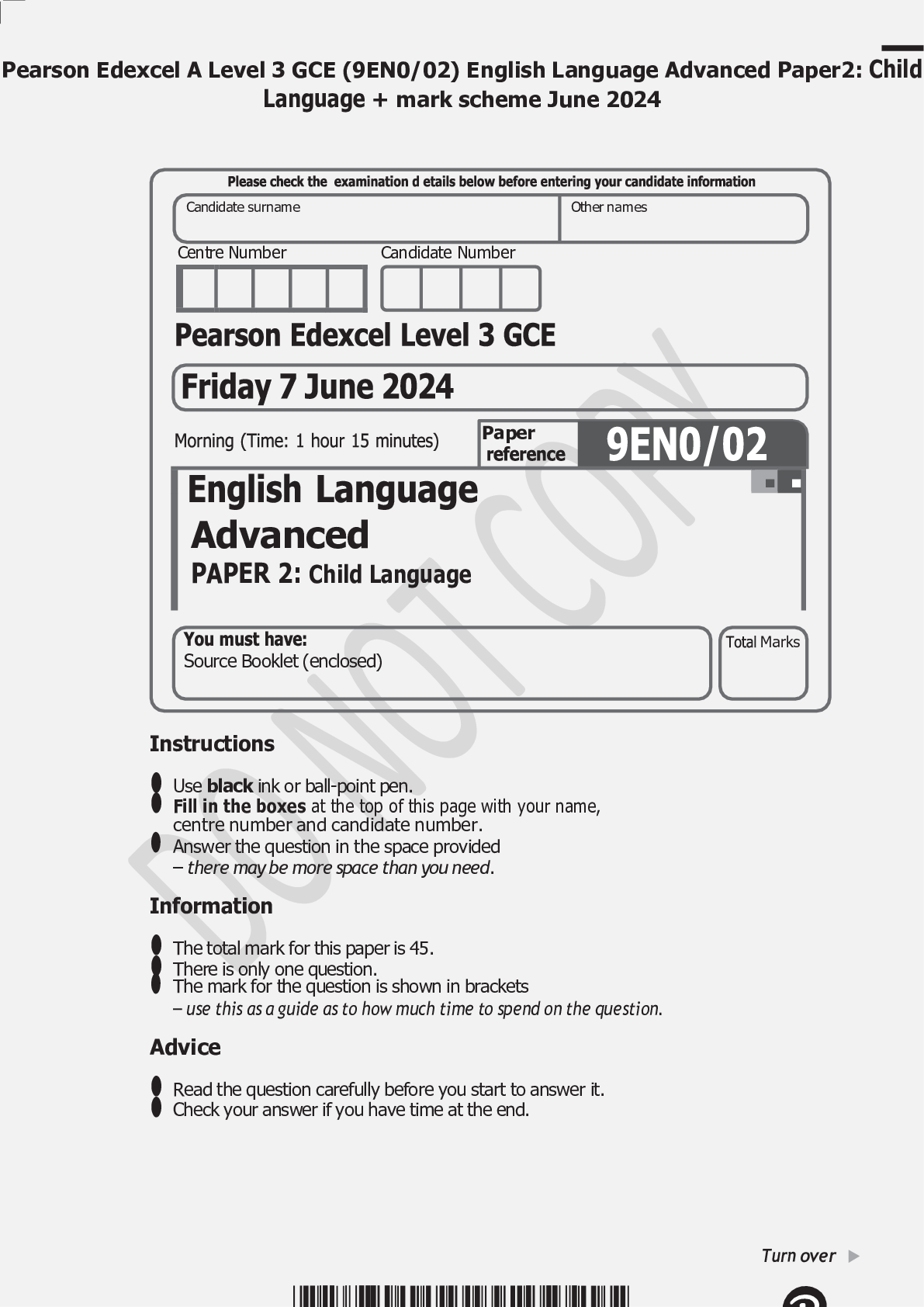
Pearson Edexcel A Level 3 GCE (9EN0/02) English Language Advanced Paper2: Child Language + mark scheme June 2024
$ 8

TEST BANK FOR LEADING MANAGING AND FOLLOWING 7th EDITION BY YODER WISE
$ 12
 - Over 500 Questions (Latest 2021) Correct Study Guide, Download to Score A.png)
HESI Exit Exam RN 2021 (Updated) - Over 500 Questions (Latest 2021) Correct Study Guide, Download to Score A
$ 30
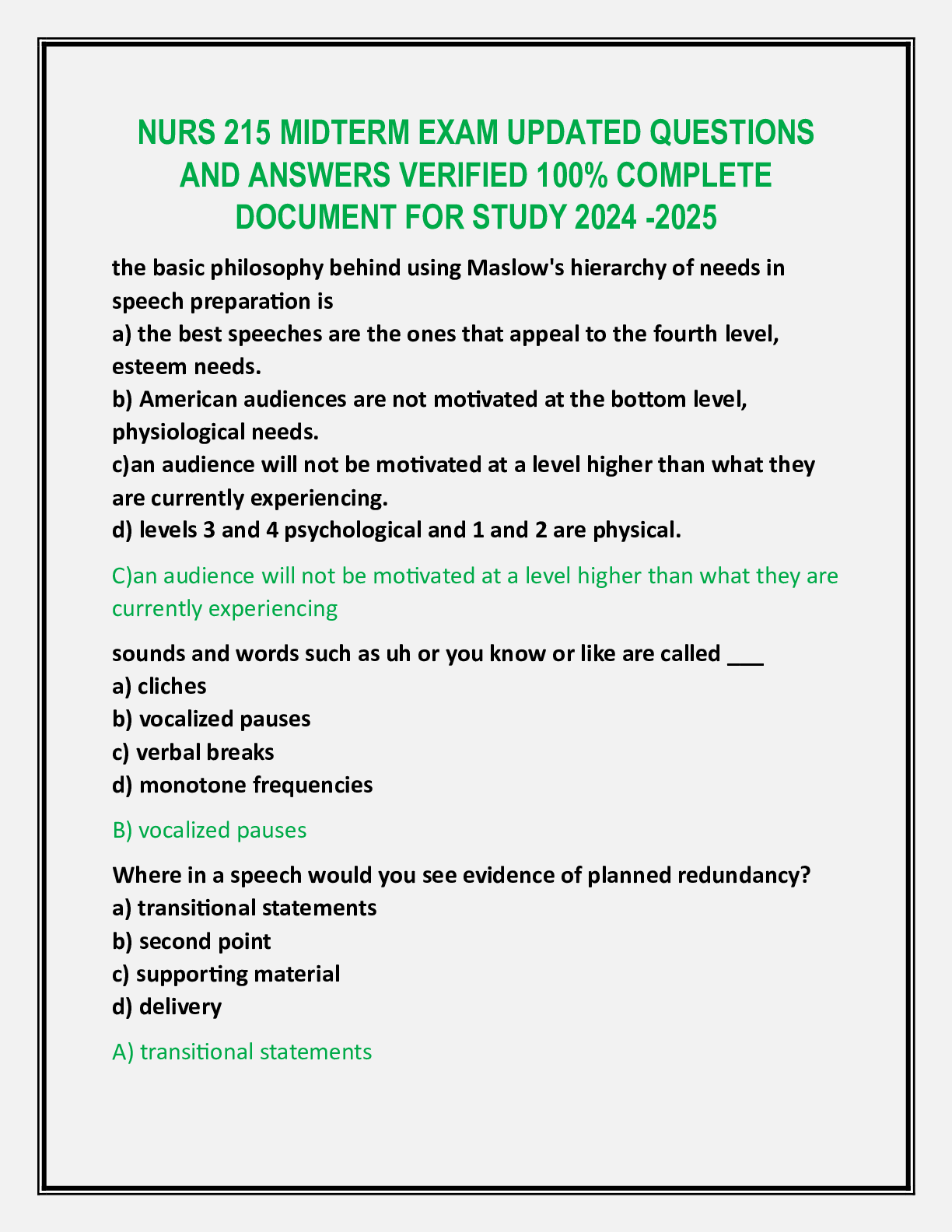
NURS 215 MIDTERM EXAM UPDATED QUESTIONS AND ANSWERS VERIFIED 100% COMPLETE DOCUMENT FOR STUDY 2024 -2025
$ 9

Concepts of Biology - study notes
$ 12

PSYC 575 Quiz Reasoning, Decision Making and Language Structure Comprehension- Liberty University Online Academy
$ 15
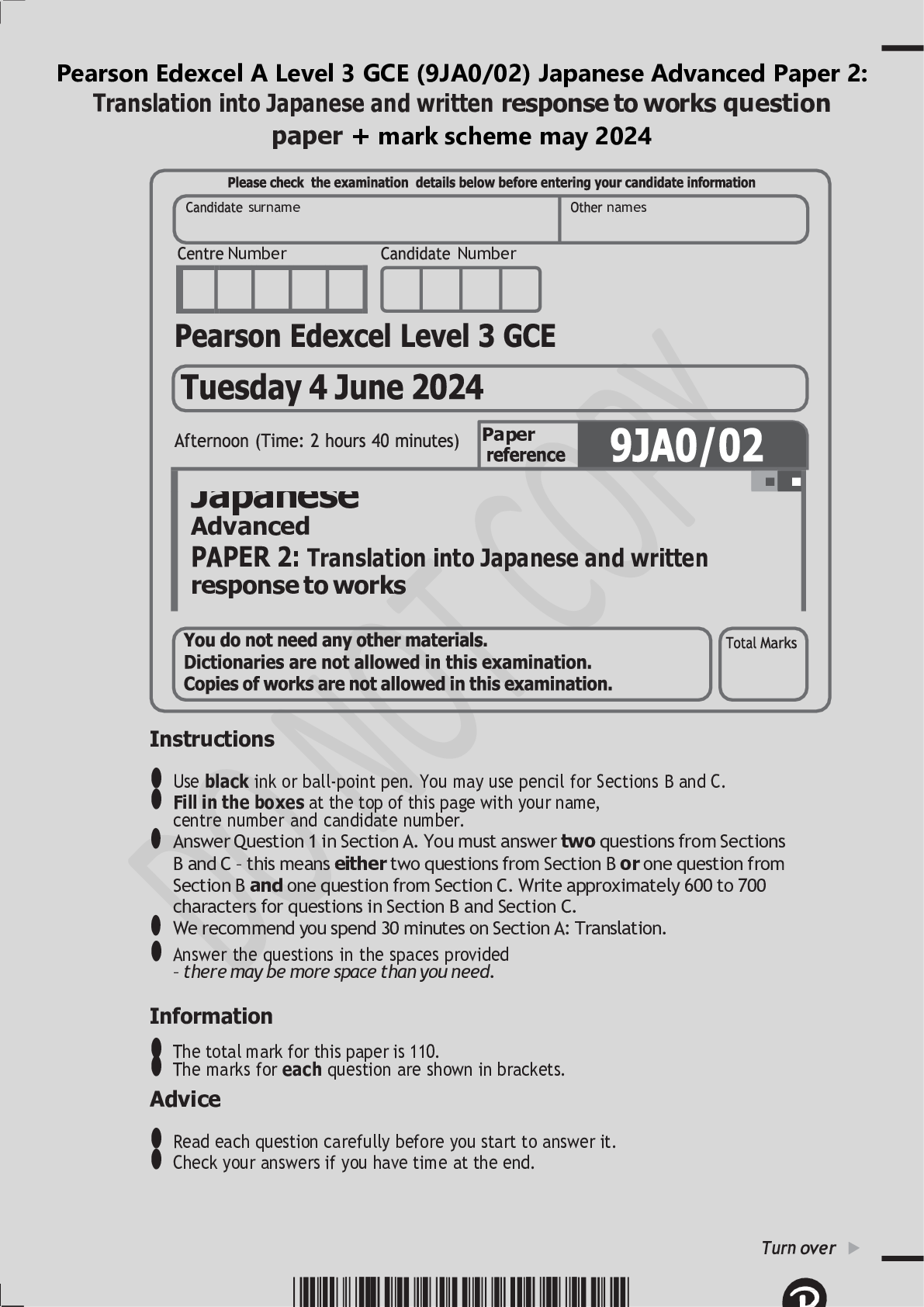
Pearson Edexcel A Level 3 GCE (9JA0/02) Japanese Advanced Paper 2: Translation into Japanese and written response to works question paper + mark scheme may 2024
$ 7

INSTRUCTOR'S MANUAL for Intermediate Microeconomics and Its Application 12th Edition by Walter Nicholson and Christopher Snyder (All Chapters 1-17)
$ 23

NURS 6635 Midterm Exam Walden University | 100 Questions & Answers
$ 15
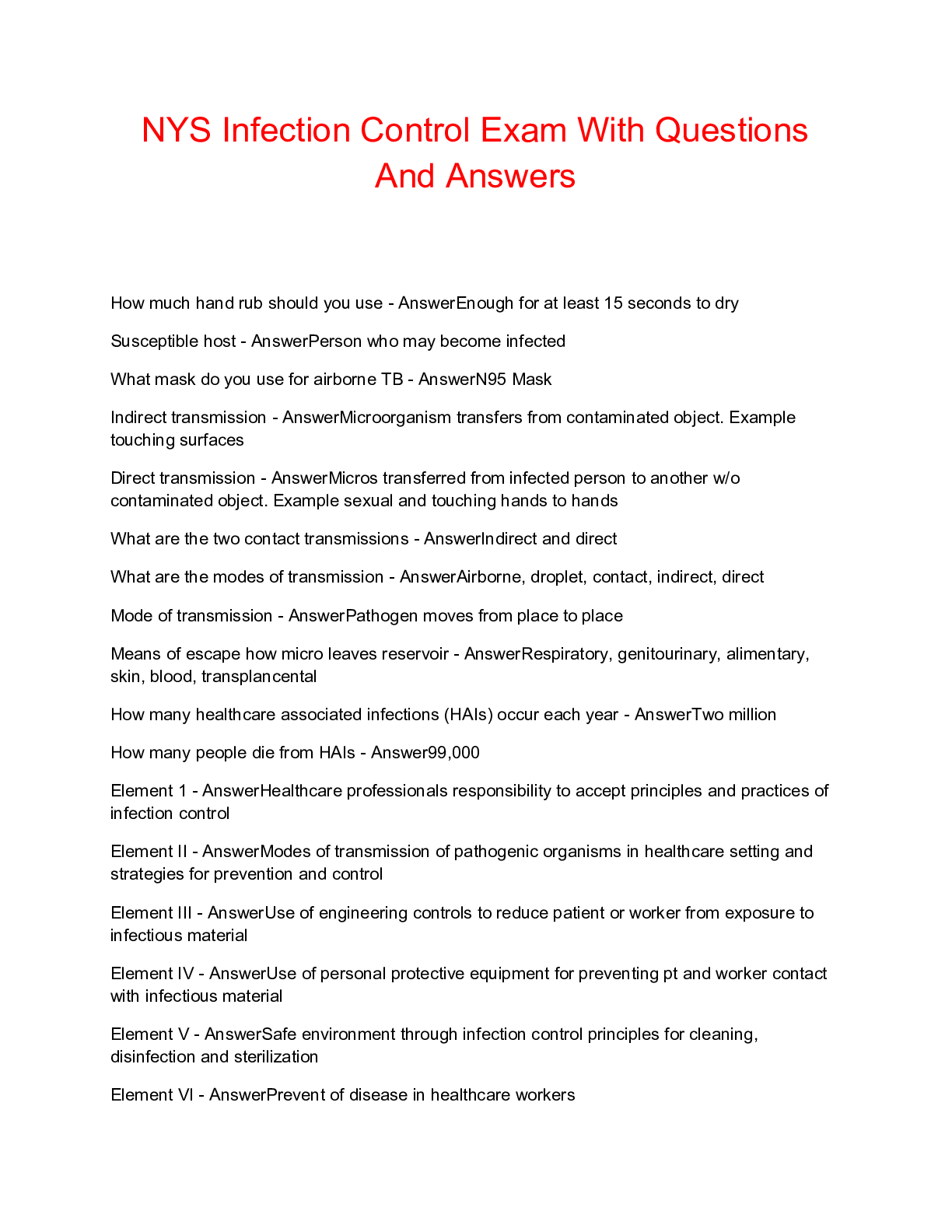
NYS Infection Control Exam With Questions And Answers
$ 6.5

PST 312M PHYSICAL EDUCATION AND SPORTS COACHING EXAM
$ 21
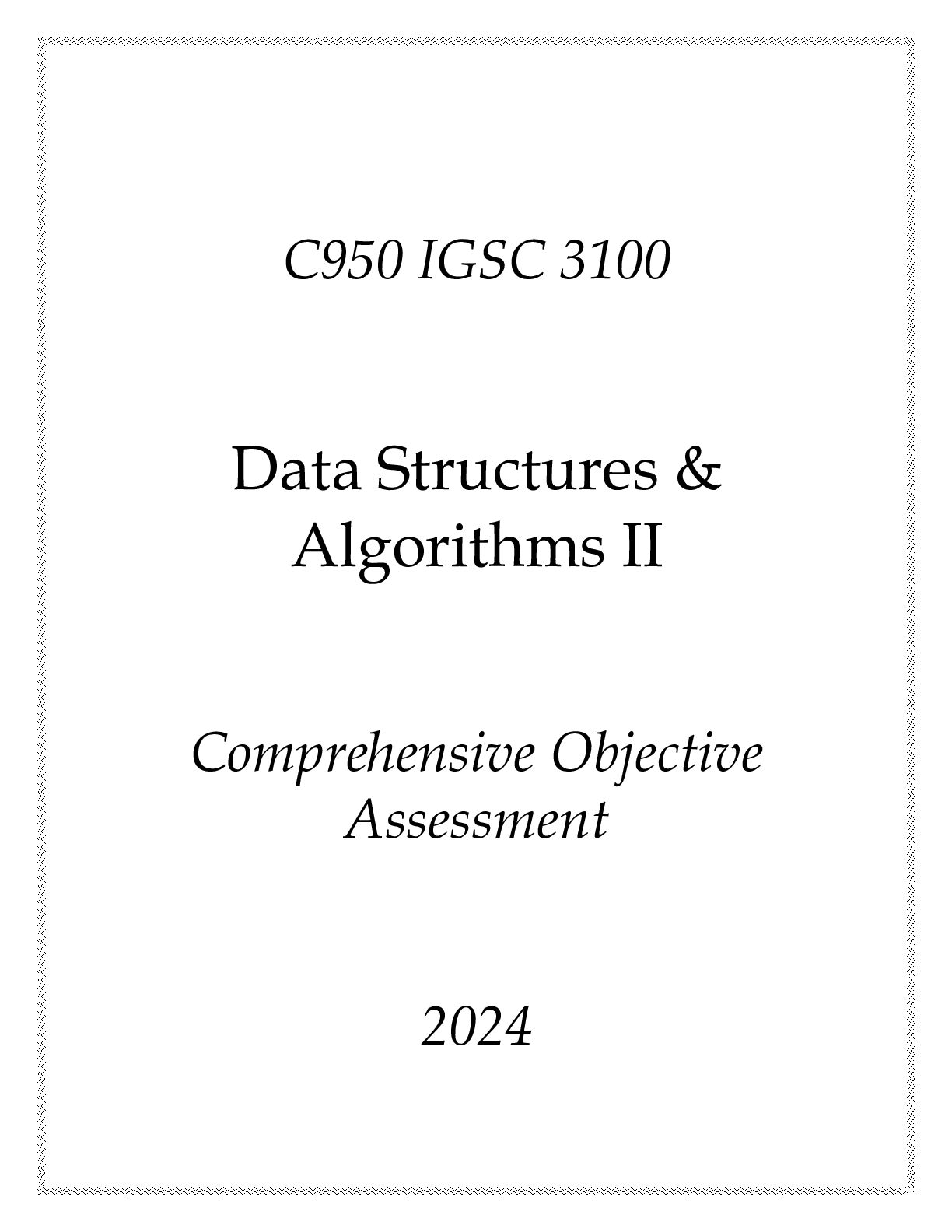
(WGU C950) IGSC 3100 Data Structures & Algorithms II Comprehensive OA 2024
$ 16
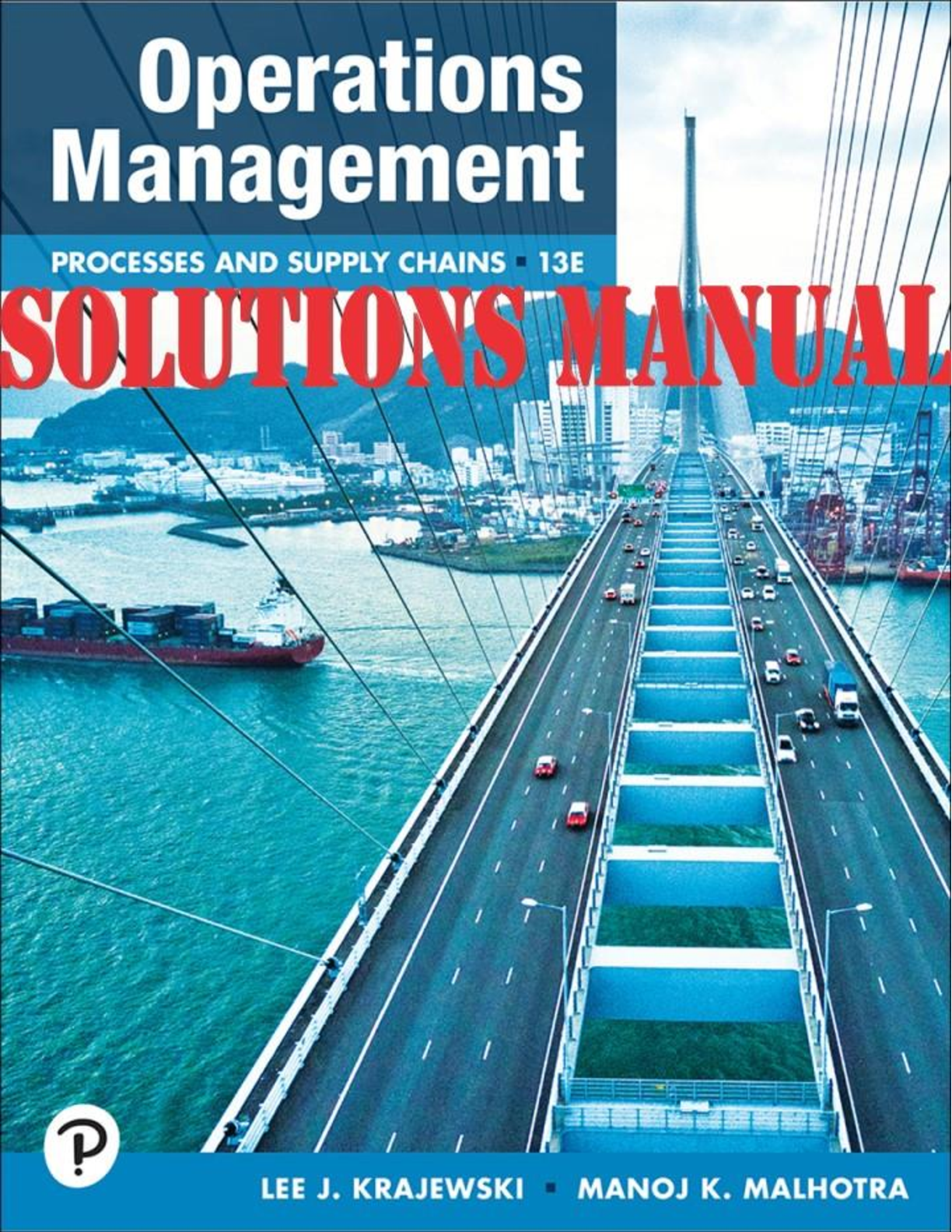
SOLUTIONS MANUAL for Operations Management: Processes and Supply Chains, 13th edition by Lee Krajewski, Malhotra | Chapters 1-15
$ 26

REAL ASVAB TEST CORRECTLY ANSWERED 2023 VERIFIED CONTENT.
$ 8.5

ATI COMPREHENSIVE PREDICTOR EXAM FORM C (LATEST, Questions and Answers)
$ 13
.png)
> A Level (GCE) Ancient History H407/23: Emperors and Empire Advanced GCE Mark Scheme for November 2020
$ 6
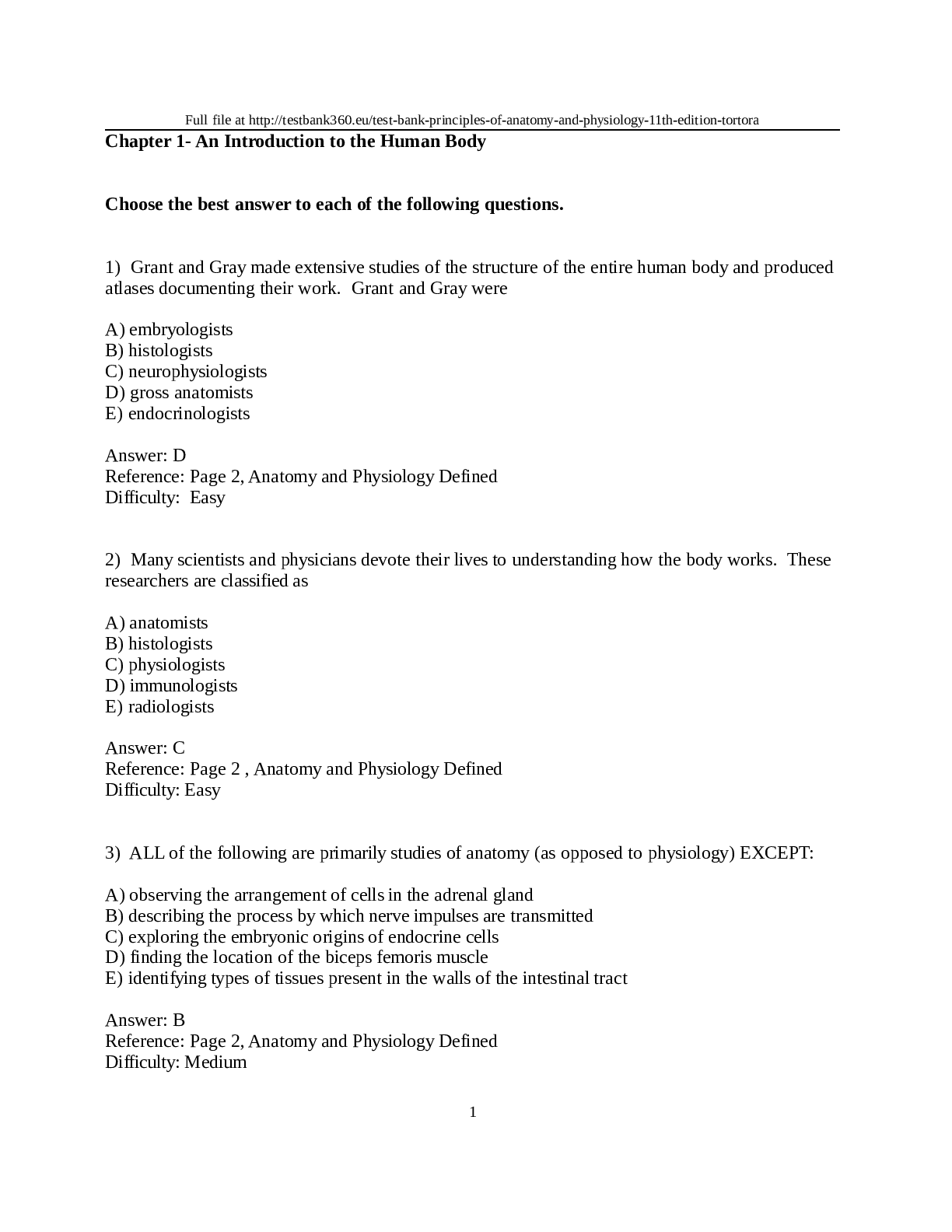
HARVARD UNIVERSITY - 100 QUESTION AND ANSWERS - TEST BANK ON PRINCIPLES OF ANATOMY AND PHYSIOLOGY (11th edition) - 2023_2024
$ 18

Critical Thinking and Logic - C168: Question Set #2 Latest Update, Already Passed
$ 11
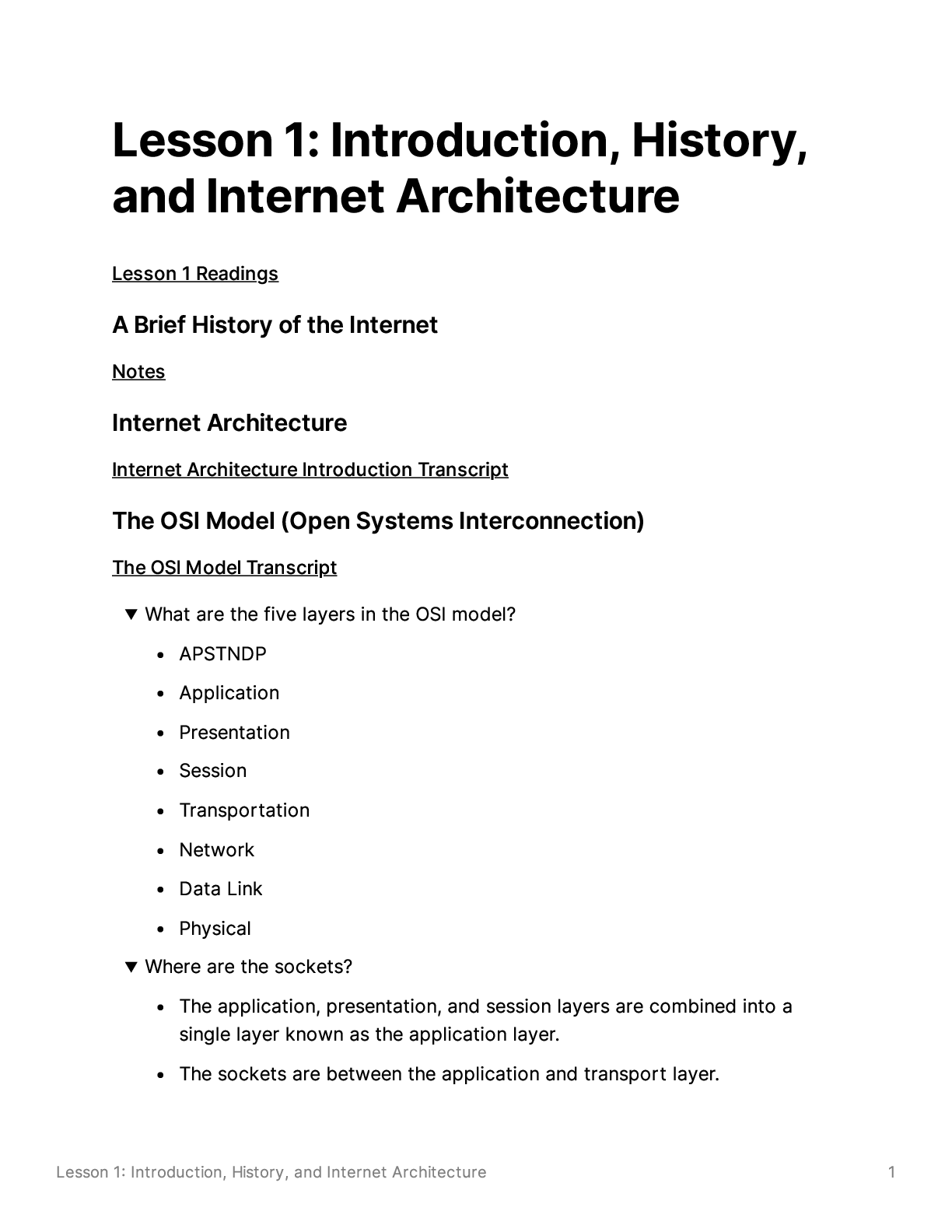
Georgia Institute Of TechnologyOMSCS 6250Lesson_1_CN
$ 14
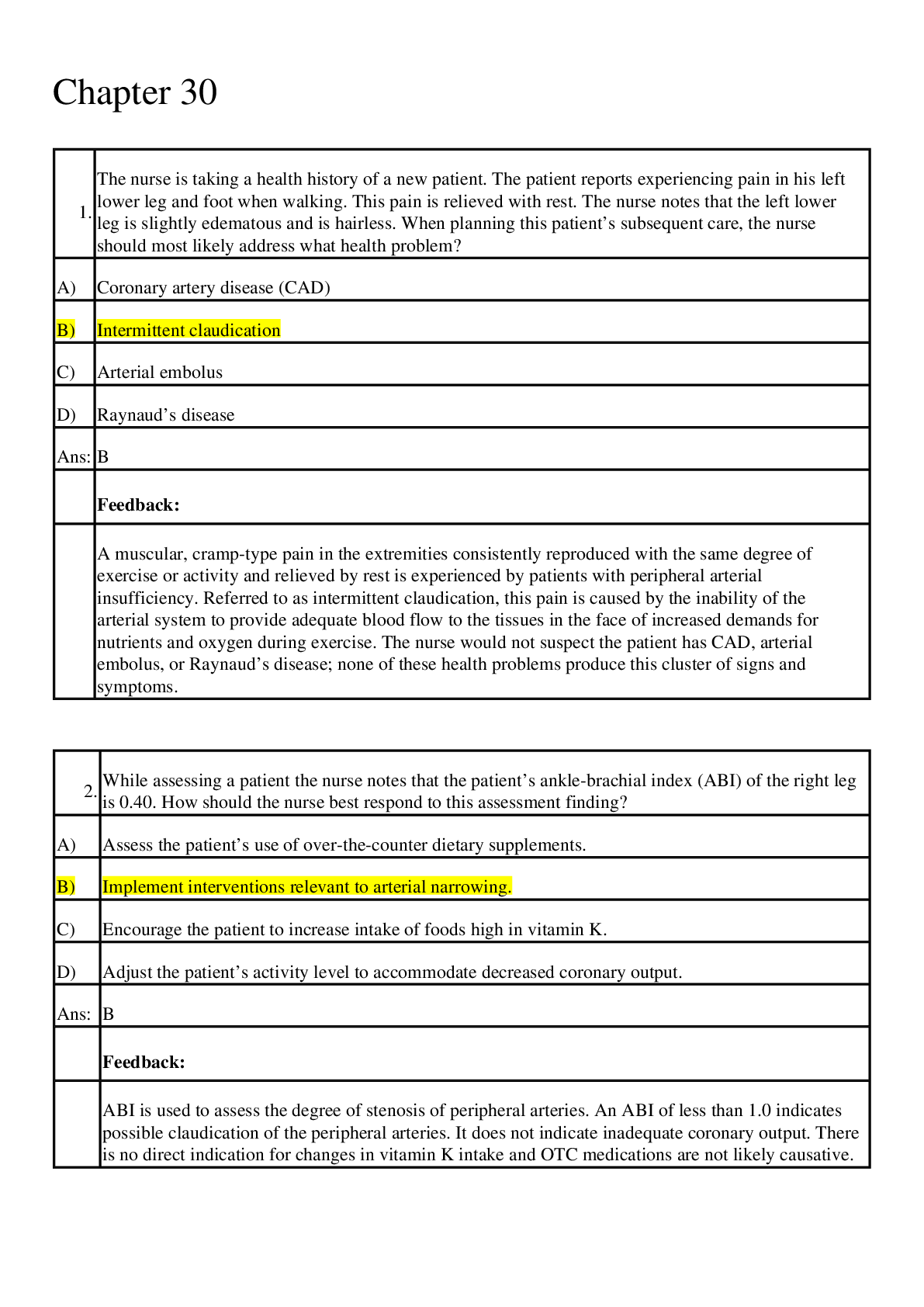
ATI REVIEW FINAL EXAM Questions and Answers with Explanations (STUDY MODE) Questions and Answers (latest Update), 100% Correct, Download to Score A
$ 9

OCR Practice paper – Set 1 A Level English Language H470/01 Exploring language Practice Paper 1. RATED A+
$ 12
.png)
State Farm Estimatics Exam Questions and Answers (Verified Answers)
$ 7.5
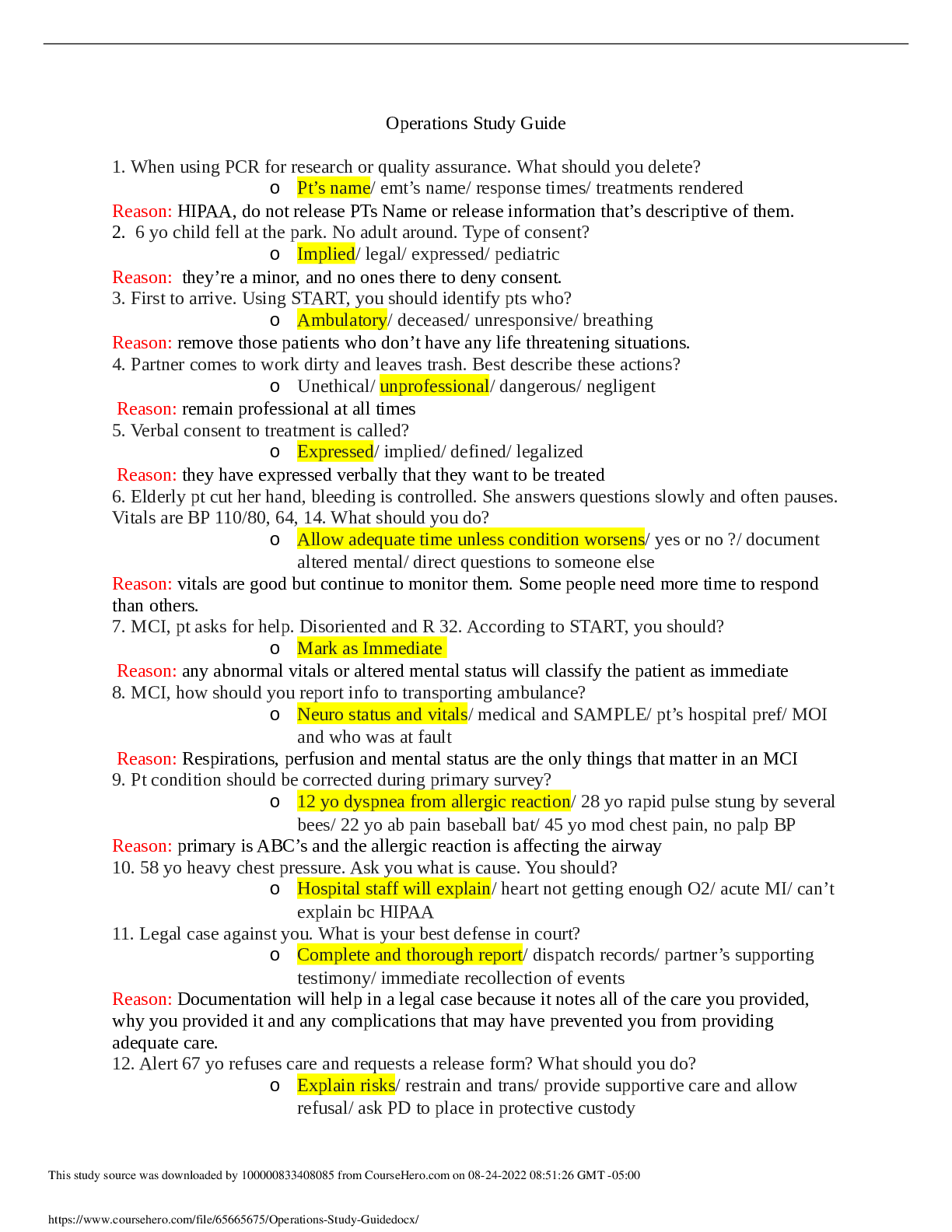
Fisdap exam |Operations Study Guide | questions and answers | 8 pages
$ 8
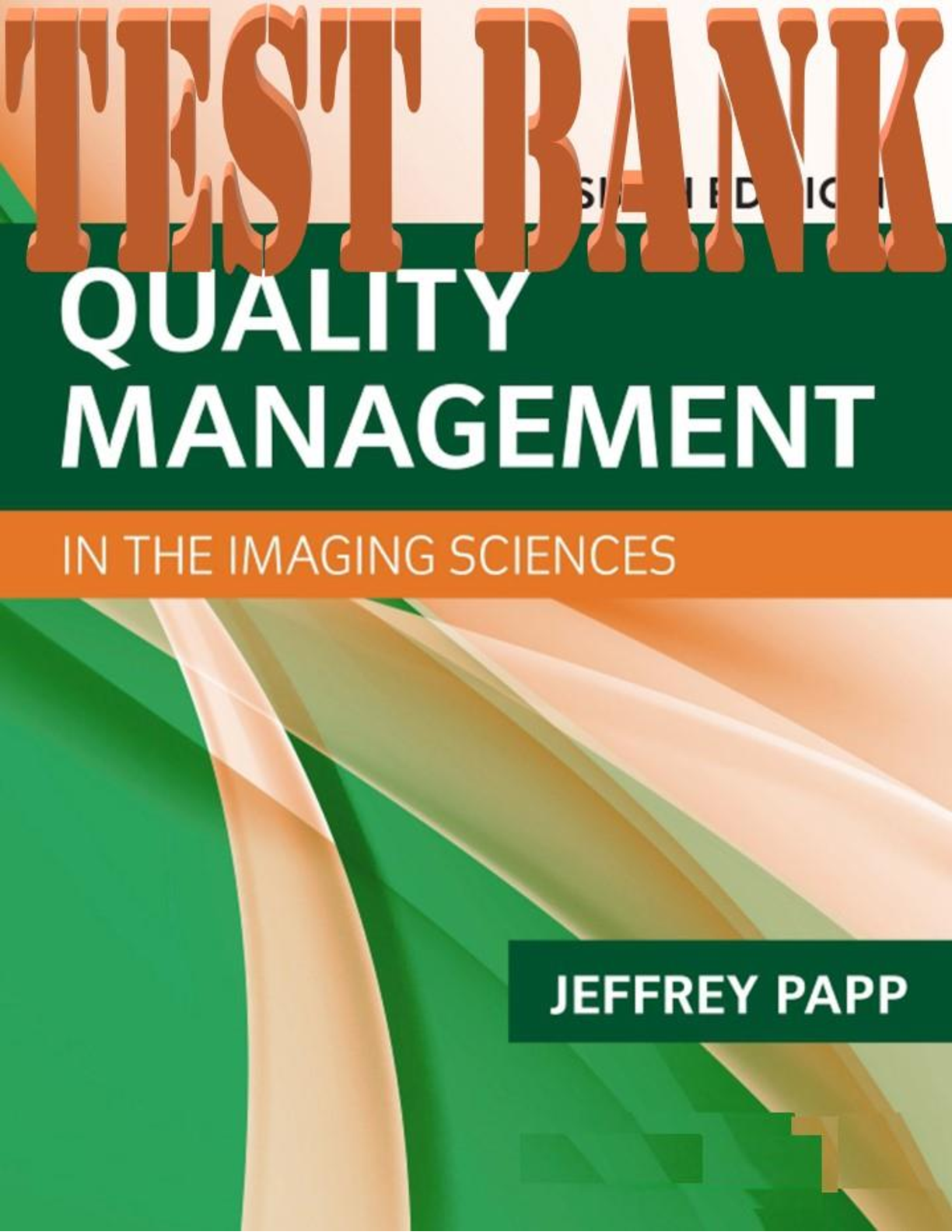
TEST BANK for Quality Management in the Imaging Sciences 6th Edition by Jeffrey Papp | All 13 Chapters
$ 22

CAPSTONE LEADERSHIP COMMUNITY




